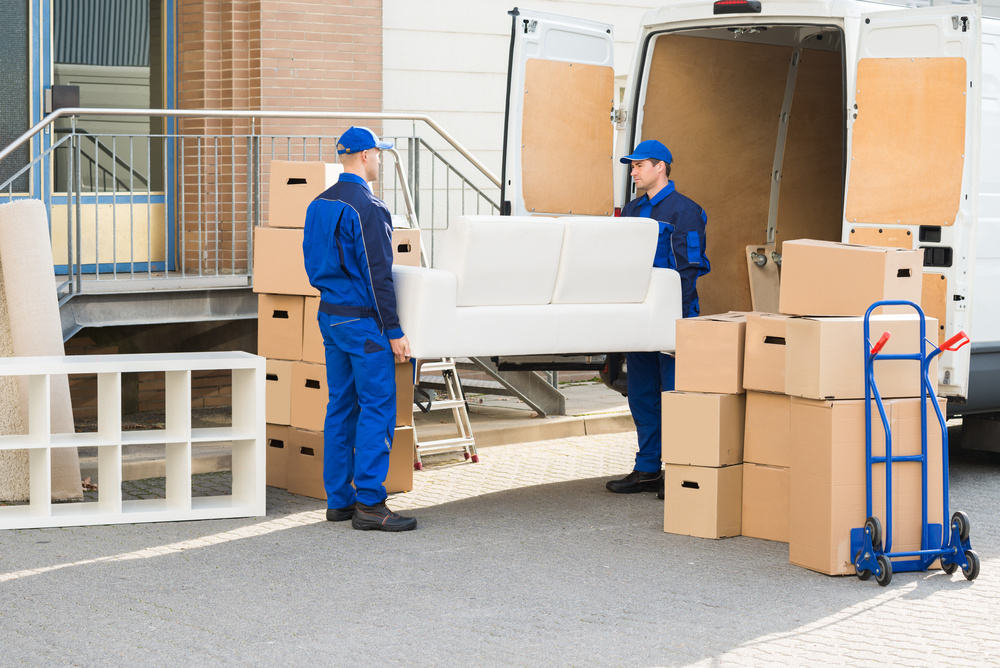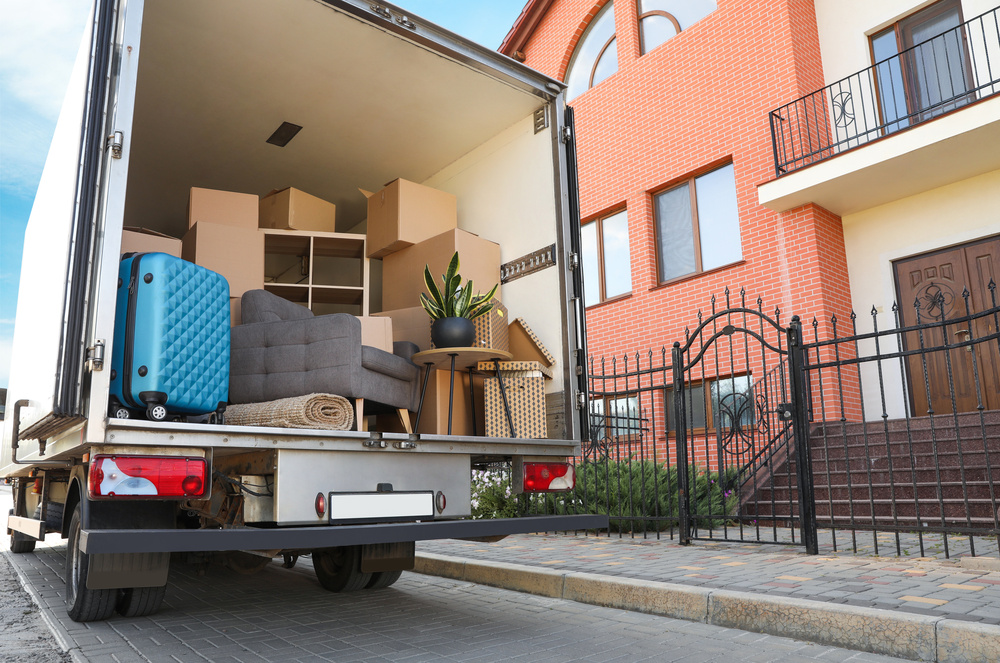It’s no secret that long-distance moves can be complicated and stressful. Between coordinating logistics, packing, moving, and unpacking, there are a lot of factors to consider. Most people who move will tell you that it’s both an experience and a learning curve.
Planning for a long-distance move requires research, organization, and creativity to ensure that the transition goes as smoothly as possible. Prior to making the final decision, it’s essential to compare different cities and determine which one best fits your lifestyle. When choosing, consider the cost of living, job markets, transportation options, safety statistics, and other factors such as climate and cultural events. Try to visit the city if you can to get an accurate impression of what life would be like there. Talk with current residents about their experiences living in that location for further insights into daily life.
Before getting started with your move, it’s crucial to have an understanding of what has to be done and when to accomplish them before beginning your relocation. Start using a calendar or checklist so that nothing slips through the cracks. Many cities offer helpful guides for newcomers, including information about local services like garbage pick-up and utility companies. Follow this link to learn more about long-distance relocation.
For now, here is a brief guide on how to plan for a long-distance move.

1. Set A Reasonable Budget
Knowing how much you can spend is crucial because moving can be costly. This knowledge can help you in deciding on the services that you require and their corresponding costs.
To know how much you can afford to spend on your move, look at your financial status. Remember that moving can be expensive, so you should have a realistic budget.
Include a list of all your moving costs. This should cover the price of hiring a moving company or of renting a truck, the price of packing materials, the cost of storage, and any other services you might require, such as insurance or assistance with packing and unpacking.
Take into account any financial aid you might be eligible for. If you’re moving because of a new job, you may be able to get financial assistance from your employer to defray some of your moving expenses. Additionally, you might be qualified for financial aid from other organizations or a military relocation program.
Decide on your priorities. If your budget is tight, you might need to prioritize the services and costs that are most vital to you. You can save money by packing and transporting some of your possessions yourself rather than using a full-service moving company.
2. Research Your Options
There are several options for long-distance moving. Some of these include working with a moving company, renting a truck, and doing it yourself. To decide which is the greatest choice for you, look at the advantages and disadvantages of each option.
Using A Moving Service
From packing and shipping your goods to unpacking and settling into your new home, a moving company can manage every aspect of your relocation. While this might be practical, it might also be pricey. To determine the ideal option for you, request quotes from several businesses and evaluate the costs and quality of service.
Self-moving With A Rental Truck
It can be more affordable, but it takes more time and work. You’ll be responsible for the truck’s packing, loading, driving, and unloading at your new address.
Use Both In Combination
Utilizing a moving company and self-moving is an additional choice. For instance, you might pack and move your smaller goods while hiring a moving company to transfer your larger items, including furniture and appliances.
Consider costs, convenience, and the amount of labor you are willing and able to undertake yourself when doing your research. You want to pick one that best suits your needs and budget by weighing its benefits and drawbacks.
3. Create A Timeline
Make a list of all the things you must do before the move and give each one a deadline. A timeline ensures that you stay organized and that everything is done on time.
If you’re moving into a new home, you probably need to contact utilities and services for your new residence. You should arrange for power, gas, and internet at your new home as well. If you have any services from the last place you want to cancel or transfer, you may need to inform your landlord of the move to accommodate them.
To make sure your move runs smoothly, it’s best to book a moving company or rental truck in advance. You also want to begin your packing by prioritizing the items you use frequently and working your way up to the ones you don’t use often. Change your address with the post office and your employment, banks, and credit card providers before the moving day.
4. Gather Supplies
When the time to move comes, you’ll need a range of items, including boxes, packing tape, bubble wrap, and markers. Start by gathering these items well in advance, so you have everything you need when it’s time to start packing. These items will make moving houses easier and more seamless.
Boxes
For packing your belongings, you’ll need small boxes for heavy things, medium boxes for items of average size, and large boxes for lighter things. When transporting delicate objects like glasses and tableware, think about utilizing specialized packaging.
Packaging Tape
To seal and maintain the closure of boxes, use packing tape. Make sure the tape you use won’t tear or lose its stickiness.
Bubble Wrap
It is excellent for moving and preserving delicate things. Wrap things like plates, glasses, and devices in it.
Markers
Use markers to identify the contents and location of each box. When you get to your new house, it will be simpler to locate items.
Furniture Protectors
During a move, furniture protectors can assist in keeping your furniture safe. Large objects like couches, chairs, and tables can be wrapped and cushioned with them.
Packing Paper
When moving, you can use packing paper to wrap and safeguard smaller objects. It is particularly beneficial for plates and other delicate goods.
By securing these items before the actual moving date, you can ensure that your items are packed securely with ease.
5. Pack And Label Your Belongings
Once you’ve gathered all your supplies, it’s time to start packing.
When packing, start with the things you don’t use all the time, and work your way up to what you use daily. Remember to make a separate box for the first night with the things you will need when you arrive at your new home, such as toiletries, towels, change of clothes, etc. This way, you won’t have to buy stuff.
Pack your valuables in sturdy boxes and carefully wrap them to preserve them during delivery. It’s better to use sizeable boxes so that you can carry them and stack them easily. Make sure that you wrap your things in paper and tape them up, so they don’t get damaged. Label the boxes, so it’s easy to figure out what’s in each box. Packing well in advance and labeling your belongings will make a move to your new home go more smoothly.
6. Update Your Address
Don’t forget to update your address with the post office and with your employment, banks, and credit card providers, among other pertinent parties.
You need to inform the post office if your present address changes. To change your address, visit your neighborhood post office and present identification. In some cases, you may need to make a nominal payment.
You must also share your new address with your employer so they can update their records. Update your address on your accounts by contacting your bank and credit card issuers. Also, your insurance provider, utility companies, and subscriptions may all need to be informed of your address change.
Make a list of these organizations and tell each of them about your updated addresses. By doing this, you can ensure that you’ll receive mail and other crucial messages at your new residence.
7. Arrange For Transportaion
Once you have everything set, it’s time to load up your items. Prior to the actual move, you want to ensure that you have chosen transportation that best suits you. As mentioned earlier, if you hire a moving company, they will generally manage the shipment of your items. All you have to do is rest easy on the day of the move.
However, if you are doing it yourself, you can either rent a truck and make multiple trips, borrow or rent a trailer to tow behind your car, or use a combination of these methods. Choose a truck with a ramp to make loading easier, especially if you do not have extra hands to help you with carrying your items.
Whichever option you settle on, make sure that it is compatible with your needs and preferences.
Final Thoughts
Although long-distance move planning can be intimidating, breaking the tasks down into smaller parts can help. Fortunately, the list above can guide you through the specifics.
By getting estimates from several firms and gauging the tasks you can do yourself, you can choose the appropriate moving alternative for you. Remember to pack well in advance to avoid the last-minute rush and confusion. This will also give you enough time to wrap your items and label the boxes accordingly. Additionally, be sure to update your address with the post office and with your employment, banks, and credit card providers, among other pertinent parties.
With all these in check, you can ascertain that your move will be convenient and worry-free.
